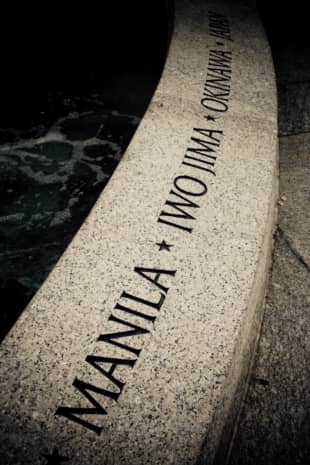In the spring of 1945, Japanese imperial forces were running out of options. On the Chinese mainland, they still stood their ground. But elsewhere, in Southeast Asia and across the Pacific, the situation was dire. For almost three years, they had been fighting a rearguard action against Allied forces, to little avail. Now, war material was in short supply and recruits were growing scarce — and time was running out.
Even suicide missions could not stem the tide. Coordinated kamikaze air attacks, first unleashed in a systematic way against American aircraft carriers during the Battle of Leyte Gulf in the Philippines in October 1944 had not slowed — let alone stopped — the American offensive. Then, the following April, the Japanese Imperial Navy dispatched the Yamato, the largest battleship ever built and the pride of its armada, on a one-way mission to Okinawa with just enough fuel to reach its destination, in a vain attempt to defend the island against the American invasion underway. That too failed: The ship had barely left Kyushu coastal waters when it was spotted by American submarines. Hundreds of planes soon swarmed the Yamato and pummelled it from the air. It sank within hours.



















With your current subscription plan you can comment on stories. However, before writing your first comment, please create a display name in the Profile section of your subscriber account page.